Lilith’s tightly closed hand symbolizes the improper attempt to hoard Life or deprive it from others, to keep for oneself what God intends for us to share with all. That is because water is closely connected to life in George MacDonald’s works such as “The Light Princess” and The Princess and the Goblin,[1] and by usurping water, Lilith changed the fertile ground into the infertile one which ceases to bring up life. Mara explained to Vane that “the wicked princess [Lilith] gathered up in her lap, what she could of the water over the whole country, closed it in an egg, and carried it away” (75). Moreover, that Lilith gathered up water, the symbol of life in her lap may be regarded as the rewinding of childbirth, that is, not giving life, but taking life.
We have some evidence that Lilith held the usurped water in her closed fist. First, while attending Lilith, Vane noticed that “One of her hands was clenched hard, apparently inclosing something small” (97). This “something small” can be the aforementioned egg that contains water. Second, when Lilith became enraged with Vane after reviving and struck at him, he got mysteriously wet. After she found that Vane had bathed her in the hot river every morning in order to make her alive again, she flared up and “She raised her left hand, and flung it out as if repelling me [Vane]. Something ice-cold struck me on the forehead. When I came to myself, I was on the ground, wet and shivering” (108). Lilith must have hit Vane with her closed fist, and therefore the water splashed onto him. Third, when Lilith was disguised as a spotted leopardess and injured her paw, the rivulet of water ran from it. A mother in Bulika pounded the leopardess’ foot with a stone with all her might in order to protect her baby from the Lilith-leopardess. Then Vane “saw something streaming from the lifted paw” (113) and thought that it must be her blood. However, surprised by its unceasing torrent, he realized that “it could not be blood!”. He dipped a finger in it, and “at once satisfied myself that it was not. In truth, however it might have come there, it was softly murmuring rivulet of water that ran, without channel, over the grass!” (116). It might be that the mother hurt Lilith’s clenched fist and her usurped water must have gushed from it. All the evidence above suggests that Lilith holds water in her closed hand.
Lilith’s improper hold on life is also clearly shown in that she hates Lona, her own daughter, seeing Lona as “an open channel through which her immortality—which yet she counts self-inherent—is flowing fast away” (150). Therefore Lilith, almost from her daughter’s birth, has pursued her daughter with utter enmity and tried to kill her so as to stop her own life from flowing away. However, Lilith, the fallen woman finally consents to repent her sin and is allowed to sleep beside Lona. Although Lilith cannot open her hand despite her “agonised effort” (218), with the help of Adam, her ex-husband who severs her closed hand by using the sword that the angel gave him, she can at last release the life she had usurped. Besides, the implication is that this time Lilith truly gives life to her daughter Lona, and so they can sleep side by side like a mother and her baby right after childbirth.
After that, Adam orders Vane to take Lilith’s hand to the level of the desert and bury it deeply in the ground. Digging a large hole with the spade that Adam gave him, he buries Lilith’s hand in it like the seed. Surprisingly, the moment he puts her hand in the hole, “[a] little water was already oozing from under its fingers” (224). Subsequently, the waste land regains water and becomes the fertile earth full of life again. Like the seed, she gives life to the ground with the assistance of Vane who fills the role of a midwife in a way. Lilith, who has been a Life-robber, comes to be a Life-giver. She fills the earth with life, reminding us of the mother goddesses such as Demeter, Isis, and Cybele. Lilith’s closed hand at last becomes the seed of life giving the earth life abundantly just like she gave birth to Lona.
<Citation>
MacDonald, George. Lilith. 1895. Grand Rapids: Wm. B. Eerdmans, 2000.
[1] In “The Light Princess”, the Princess’ vitality is closely related with the lake, and in The Princess and the Goblin, Princess Irene’s bathing in her great-great-grandmother’s mystical bath symbolizes her rebirth or true birth.

